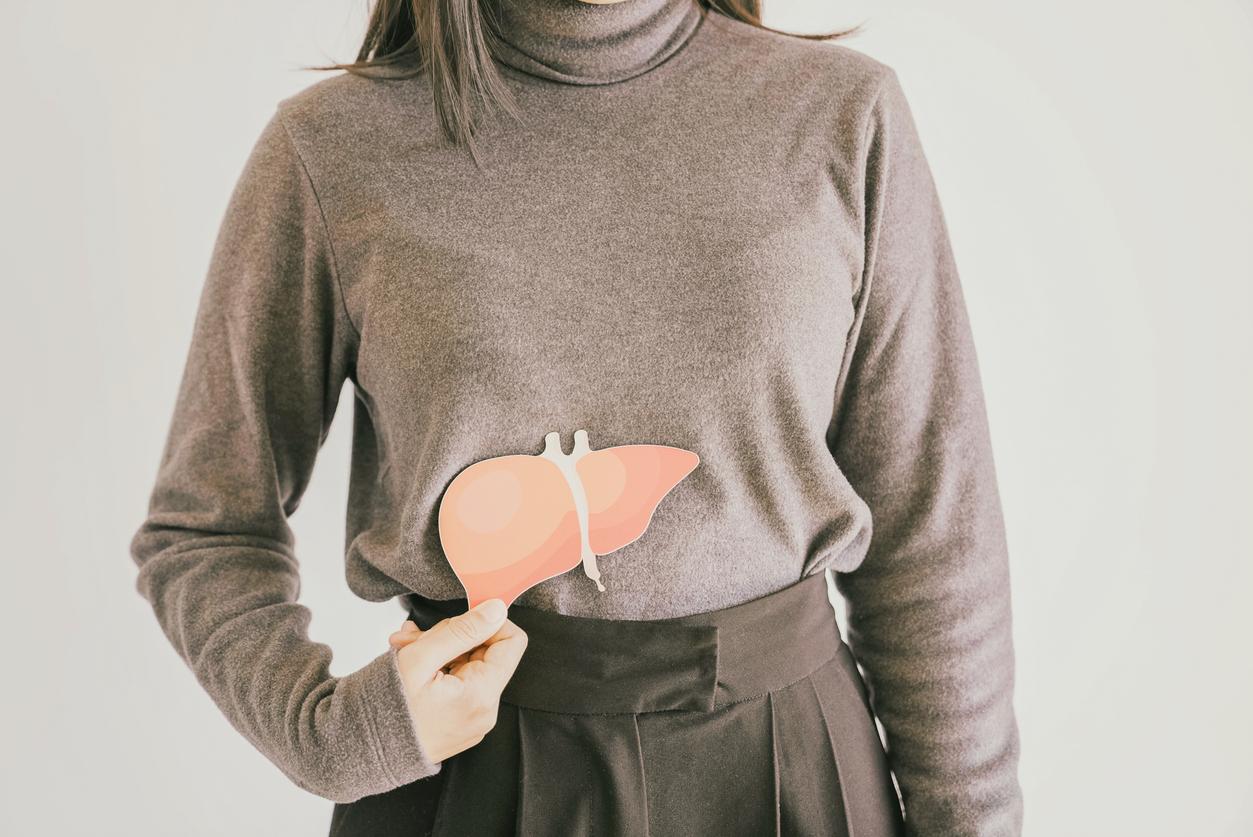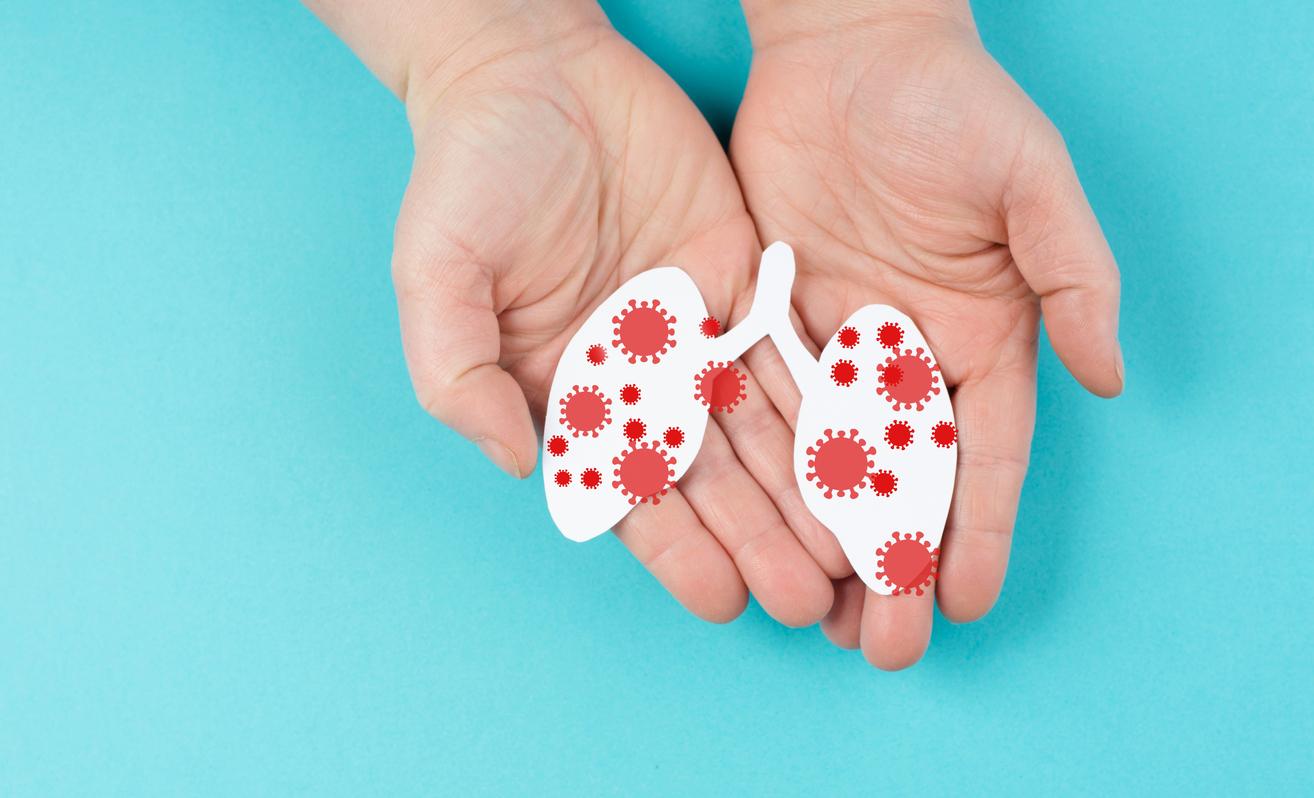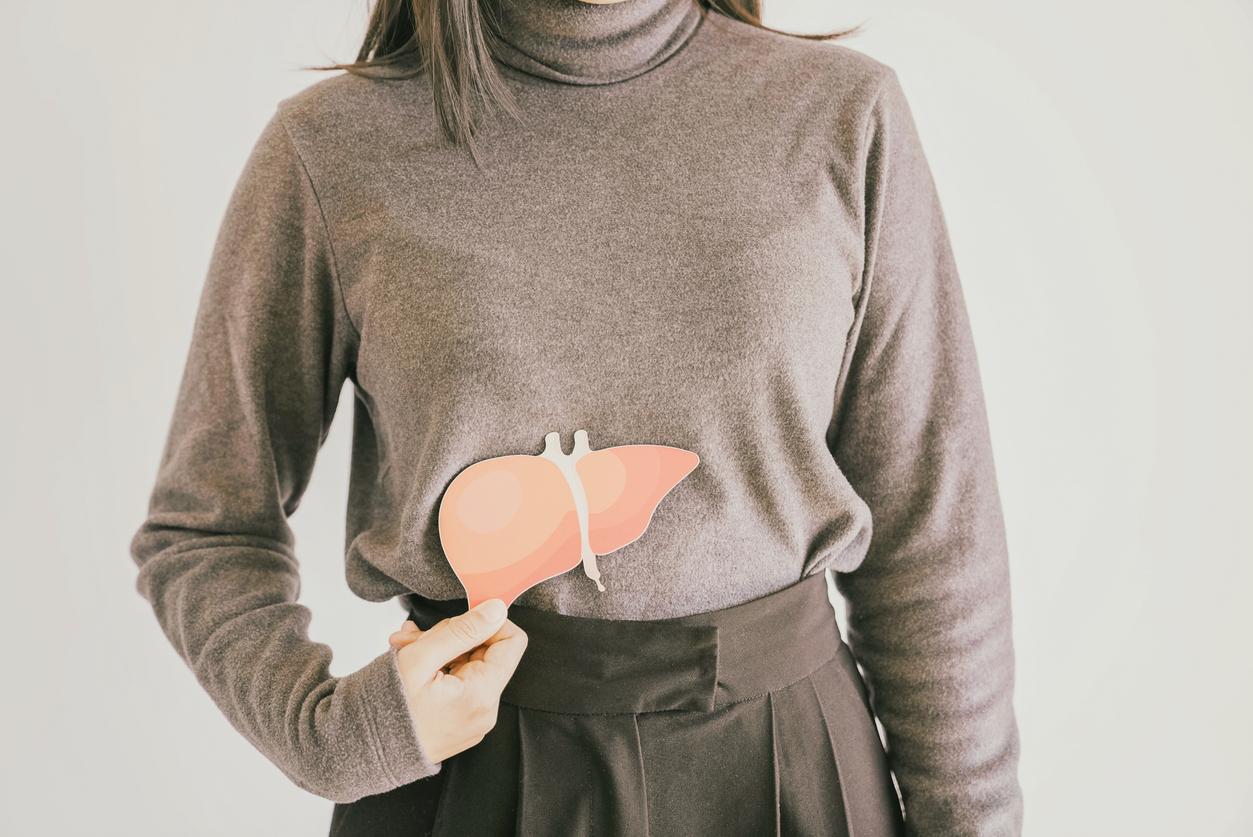Bisphenol A (BPA) is a chemical compound found in plastics and resins. Its toxic effect has been proven repeatedly by studies in laboratory animals. “This industrial compound induces harmful effects on reproduction, development and metabolism of animals. It is strongly suspected of having the same consequences on humans,” recalls National Institute of Health (Inserm). A study published by the journal Environmental Health Perspectives confirms these fears by highlighting the link between exposure to BPA and the development of liver tumors and precancerous lesions.
This is the first time, according to the study’s authors, that a direct link between exposure to bisphenol A and tumors has been proven in the laboratory, with the other studies only observing precancerous lesions. To achieve these results, the researchers administered different doses of BPA to mice. Those who received the dose of 50 mg per kg of food gave birth to mice that were seven times more likely to develop a tumor compared to those in the control group. It would be more difficult for the fetus than the adult to eliminate the bisphenol A of his body. Stored in the liver, the chemical thus increases the risk of tumors.
Equal males and females
“A previous study in which adult mice were exposed to higher doses of BPA did not show this link with the development of cancer. This confirms to us that the timing of the exposure and the dosage are decisive”, specifies Dana Dolinoy, one of the study’s authors. A total of 27% of mice exposed to the 50 mg per kg dosage through their mother’s diet developed liver tumors and lesions during their first 10 months of life. The researchers were surprised to observe that the tumors affected the same proportion of male and female mice, whereas the latter generally have a lower risk of developing liver cancer.
















